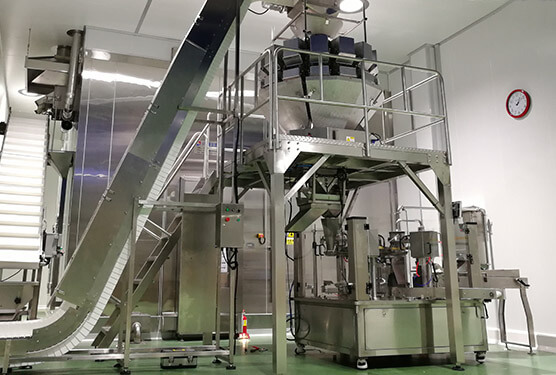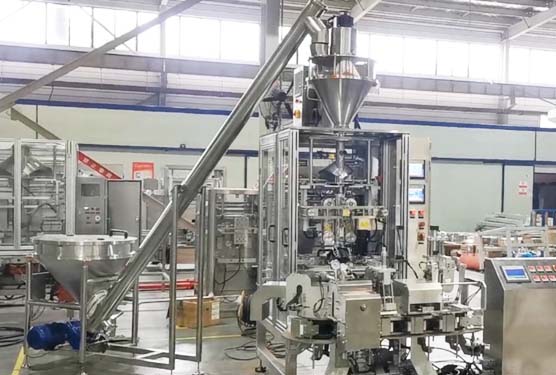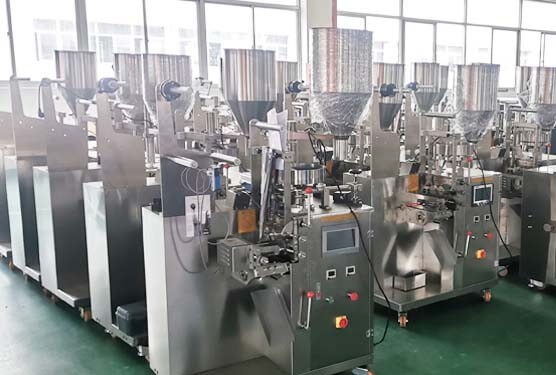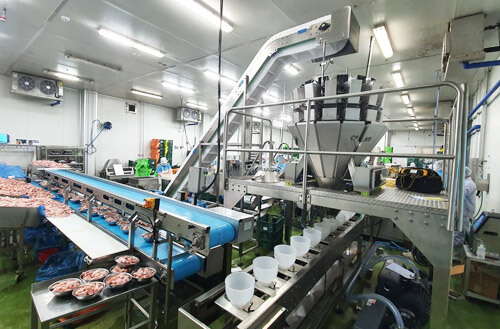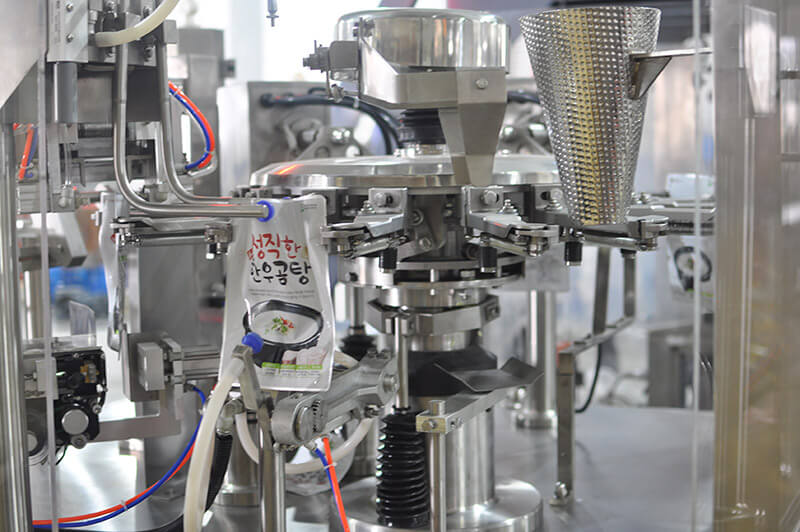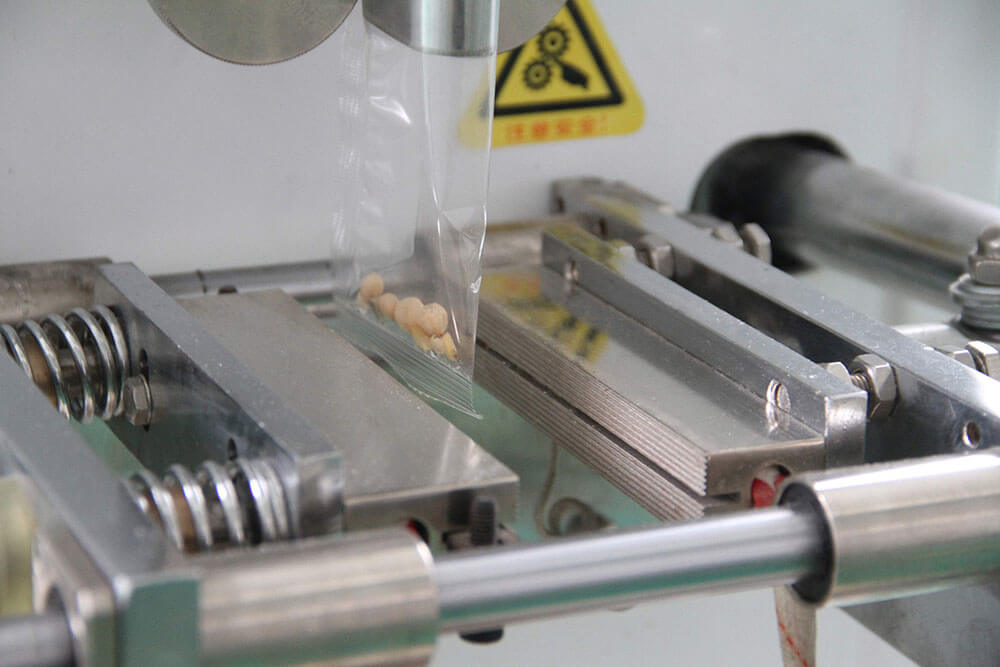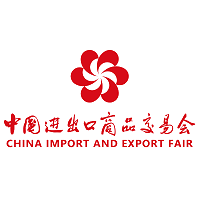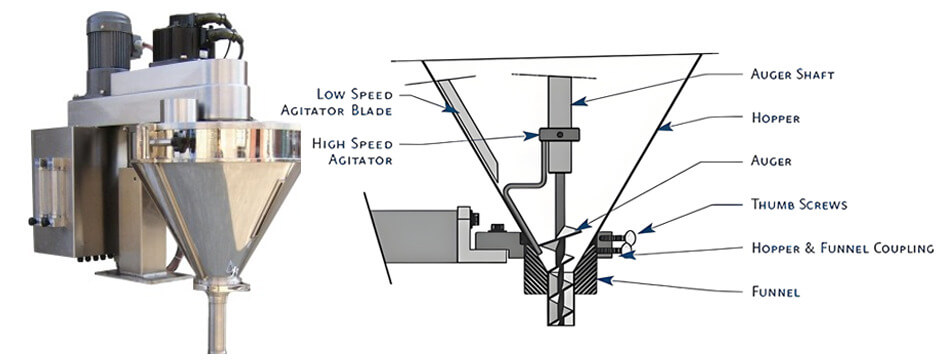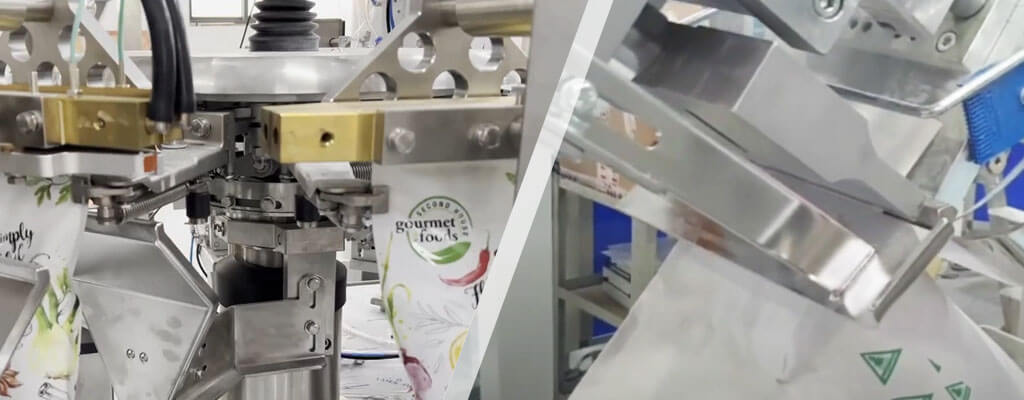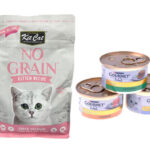If you’re in the flour business—whether small-scale milling, packaging supply, or just curious why store-bought flour comes in so many packs—this is for you!
Flour’s fine, but packaging it’s no breeze. It needs to keep flour safe (no contaminants/bugs), fresh (moisture/oxidation-proof), convenient (easy to use, resealable), plus meet rules and boost your brand.
We break down all key stuff: common packs (pillow, block bottom, stand-up pouches, rigid jars, bakery sacks), which machines fit each, retail/wholesale suitability, and pros/cons. Whether you want budget-friendly packs or to elevate your product, you’ll get clear answers!
Why Flour Packaging Matters
Flour is a fine, powdery product, making its packaging more complex than for solid foods. The right packaging must deliver on multiple fronts:
- Product Safety: Prevents contamination, infestation, and spoilage.
- Shelf Life Extension: Protects against moisture and oxidation.
- Accurate Measurement: Ensures consistent weight and portion control.
- Consumer Convenience: Easy-to-handle packs and resealable formats.
- Regulatory Compliance: Meets food labeling and traceability standards.
- Brand Positioning: Differentiates products on crowded retail shelves.
Common Flour Packaging Formats
The packaging format depends on production scale, market positioning, and distribution channel. The most common options include:
- Pillow Bags – Simple, cost-effective retail packs.
- Block Bottom Bags (Paper Bags with Gussets) – Widely used for flour in 1kg–5kg ranges.
- Stand-Up Pouches – Modern packaging for specialty and organic flours.
- Rigid Packaging (Plastic or PET Tubs, Jars) – For premium or export flour products.
- Sacks (10–50kg) – Traditional format for bakeries and wholesale.
Materials Used in Flour Packaging
The choice of packaging material impacts durability, freshness, and sustainability.
- Kraft Paper – Single or multi-layer, recyclable, eco-friendly, and printable.
- Plastic Films (LDPE, HDPE, PP) – Moisture-resistant, cost-efficient, available in transparent or printed versions.
- Laminates – Combine paper, plastic, and aluminum layers for extra barrier protection.
- Biodegradable/Compostable Materials – Emerging eco-friendly alternatives for sustainable brands.
Types of Flour Packaging Machines
Choosing the right machine is just as important as selecting the packaging format. Flour is a dusty, free-flowing product that requires specialized filling systems to ensure accuracy and cleanliness. Below, we match machine types to the most common flour packaging formats.
1. Flour Pillow Bags Packaging Machine
- Machine Type: Vertical Form Fill Seal (VFFS) Machine with Auger Filler
- How It Works: Film is formed into a bag, flour is dosed via auger filler, then sealed.
- Best For: Small retail packs (200g–2kg).
- Advantages:
- High-speed production.
- Compact and economical.
- Good for large-scale flour producers.
- High-speed production.
2. Block Bottom / Gusseted Bags Paper Packaging Machine
- Machine Type: Flour Paper Bag Packaging Machine with Auger Filler
- How It Works: Flour measuring—bag-opening/filling—bag-clamping—cutting—bag top side folding—gluing—sealing—counting —code printing/labeling—stacking
- Best For: Common retail packs (1kg–5kg) for household wheat flour.
- Advantages:
- Stable block bottom for upright standing (easy display/stacking).
- Gusseted design saves space (expandable when filled, flat when empty).
- Flat surface (large printing area for branding).
- Stable block bottom for upright standing (easy display/stacking).

3. Flour Stand-Up Pouches Packaging Machine
- Machine Type: Pre-Made Pouch Packing Machine or HFFS with Auger Filler
- How It Works: Pre-made pouches are filled and sealed; optional zippers can be added.
- Best For: Specialty flours (organic, gluten-free, artisanal).
- Advantages:
- Premium look with resealability.
- Excellent shelf appeal.
- Premium look with resealability.
4. Rigid Packaging (Tubs, Jars, PET Containers) Packaging Machine
- Machine Type: Auger Filler with Jar Filling Line
- How It Works: Flour is dispensed into rigid containers, then sealed with lids.
- Best For: Premium or export products.
- Advantages:
- Strong protection against moisture and damage.
- Reusable packaging.
- Tamper-evident options available.
- Strong protection against moisture and damage.
5. Sacks (10–50kg Bags) Packaging Machine
- Machine Type: Open-Mouth Bagging Machine (Valve Bag or Sewn Closure)
- How It Works: Woven PP, paper, or PE sacks are filled and closed by sewing or heat sealing.
- Best For: Wholesale supply to bakeries, hotels, and distributors.
- Advantages:
- Cost-efficient for medium to large volumes.
- Easy handling and transport.
- Cost-efficient for medium to large volumes.

Quick Comparison: Flour Packaging Formats and Machines
| Packaging Format | Typical Machine | Best For | Advantages | Considerations | Speed / Capacity |
| Pillow Bags | VFFS + Auger Filler | Retail packs (200g–2kg) | High-speed, cost-effective | Limited shelf appeal | 60–120 bags/min |
| Block Bottom / Gusseted Bags | Paper Bag Packaging Machine + Auger Filler | Household packs (1–5kg) | Stable upright display, expandable capacity | Slightly complex production vs pillow bags | 15–30 bags/min |
| Stand-Up Pouches | Pouch Packing (Pre-Made or HFFS) | Specialty/organic flours | Premium look, resealable | Higher material cost | 20–60 pouches/min |
| Rigid Packaging (Jars/Tubs) | Auger Filler + Jar Line | Premium, export flour | Strong protection, tamper-proof | Bulkier, costly | 30–80 containers/min |
| Sacks (10–50kg) | Open-Mouth Bagging (Valve/Sewn) | Wholesale & bakeries | Efficient, proven format | Not retail-ready | 10–30 bags/min |
Choosing the Right Flour Packaging Machine
Key considerations when selecting packaging machinery:
- Production Volume – Retail formats may require high-speed VFFS, while wholesale flour benefits from open-mouth baggers, and premium flour packaging is more suited for pre-made pouch packaging machines.
- Product Flow Characteristics – Flour requires auger filling for precision and dust control.
- Dust-Free Systems – Machines increasingly include dust extraction to meet hygiene standards.
- Resealable Packs – More consumer-friendly options for small retail flour packs.
- Sustainability Goals – Compatibility with recyclable films or paper laminates.
- Automation Level – Semi-automatic for smaller producers vs. fully automated for large-scale mills.
- Cost and ROI – Balance between upfront investment and long-term efficiency gains.
Labeling and Branding in Flour Packaging
Beyond protection, packaging is a marketing tool. Strong branding ensures visibility on shelves, while labeling ensures compliance.
- Printing Techniques: Flexographic and digital printing allow vibrant designs on paper and plastic.
- Nutritional Information: Required by law in most regions.
- Consumer Trust: Clear labeling on origin, certifications (e.g., organic, gluten-free), and expiration builds credibility.
Conclusion
From pillow pouches and stand-up pouches to industrial bulk bags, each packaging format meets your different market needs.
Choosing the right flour packaging machine—whether high-speed VFFS, pre-made pouch fillers, jars sealers, or bulk baggers—can meet your flour packaging needs and ensure efficient production.
Need customized flour packaging solutions? Contact HonorPack today!

